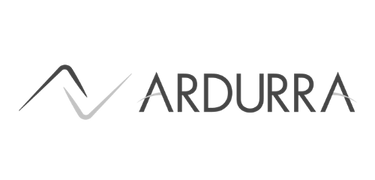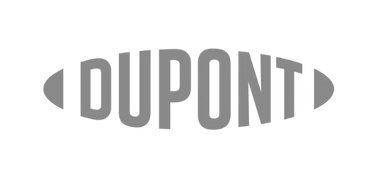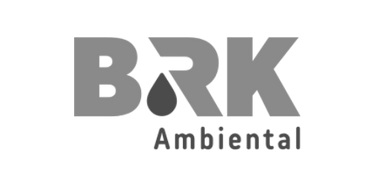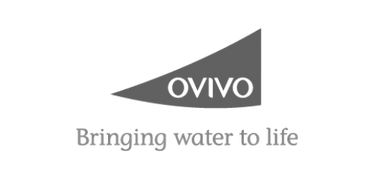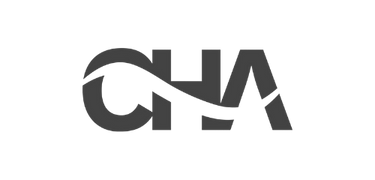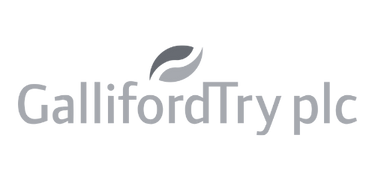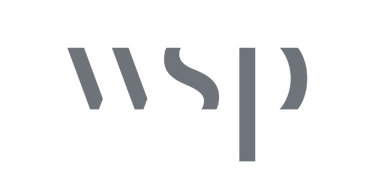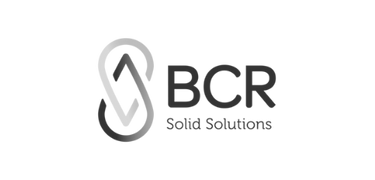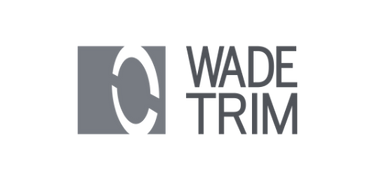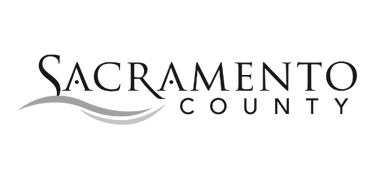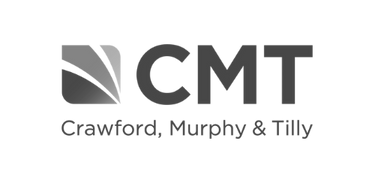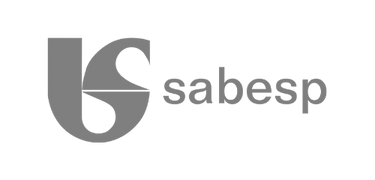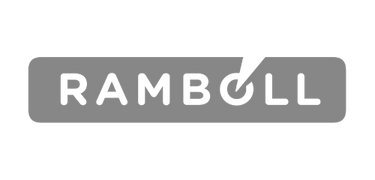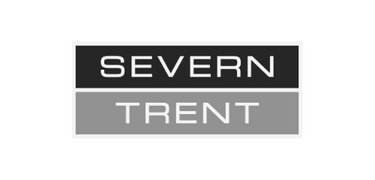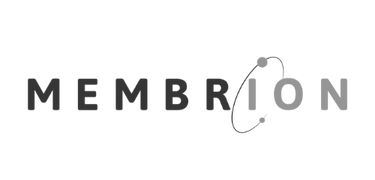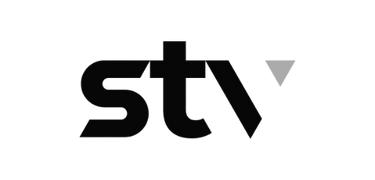Generative Design Software Powering
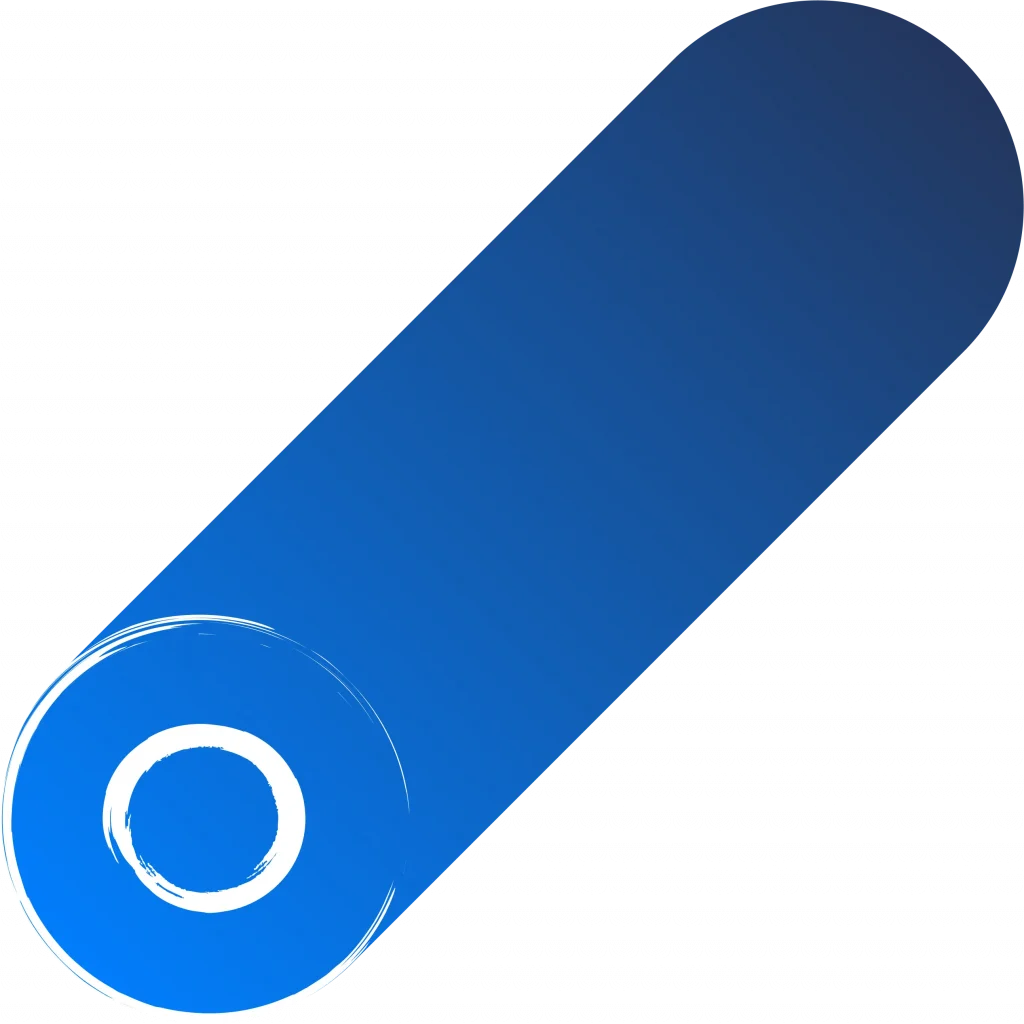
The Future of Critical
Infrastructure Design
Faster, Better Decisions Backed by Clarity
Solve your design challenges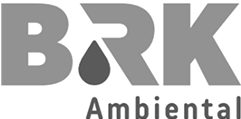
We put better infrastructure development into action.
One Platform, Built to Scale
The TDG Platform
TDG integrates process, mechanical, civil, and electrical design logic to produce complete, multi-option packages you can use immediately.
Expert Support
Our services team partners with you to configure TDG, define use cases, and scale adoption with confidence.
Learning & Enablement
The Transcend Design Academy offers CEU-accredited, on-demand courses for teams working in Water, Wastewater, and Power.
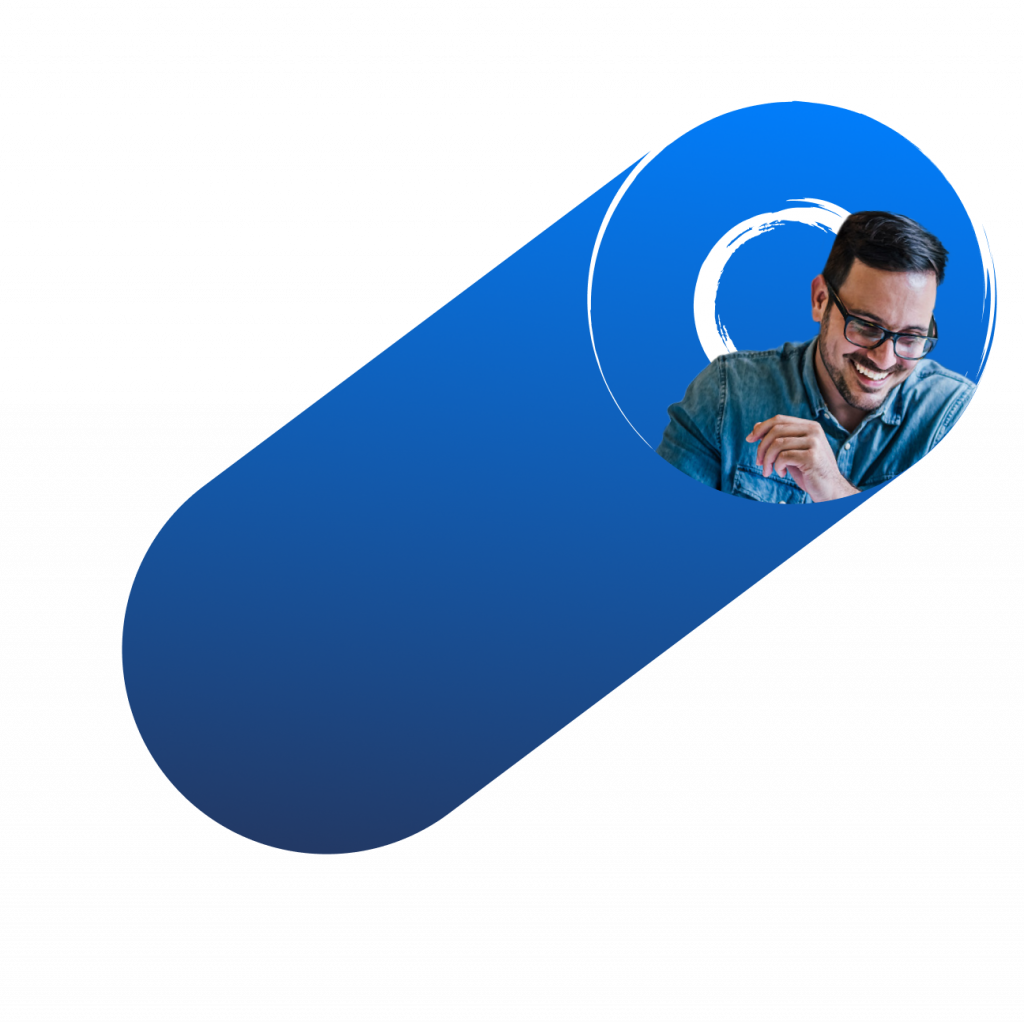
FAQS
What is generative design software?
Generative design software uses rules-based automation and algorithms to generate complete, viable design options based on a set of inputs, constraints, and standards.
While it’s been used in architecture and manufacturing for years, generative design is now becoming critical for infrastructure—where time, cost, and risk pressures are mounting. At its best, generative design structures foundational design data so it can be used downstream. That’s what sets Transcend apart.
TDG was built specifically for water, power, and wastewater infrastructure. It produces context-aware, metadata-rich outputs grounded in real engineering standards, helping teams automate the most repetitive parts of early-stage design and align faster on the right path forward.
How does generative design benefit critical infrastructure projects?
Generative design enables infrastructure teams to evaluate more design options, faster—without sacrificing quality or compliance.
By automating the front end of the design process, it accelerates timelines, reduces rework, and generates design data that’s ready to be used across planning, construction, and operations.
TDG goes a step further: it creates structured, auditable data from the start, helping organizations reduce risk, retain organizational knowledge, and improve collaboration across utilities, AECs, and OEMs. The result is smarter capital planning, faster permitting, and more resilient infrastructure delivery.
Which industries use generative design tools?
Generative design is increasingly used in industries with complex design and approval workflows, including:
- Water and wastewater utilities: to evaluate treatment options, meet new regulations, and reduce design costs
- Power utilities: to reduce interconnect backlogs, digitize assets, and meet grid modernization goals
- Engineering consulting firms: to scale design delivery, preserve margins, and support digital transformation
- OEMs: to automate proposal generation and get their equipment specified more often and earlier in projects
TDG is the only generative design software purpose-built for these sectors—helping each stakeholder work faster and more strategically, with minimal disruption to existing workflows.
What makes TDG different from other generative design solutions?
Most generative design software is built for manufacturing or architecture. TDG was built for infrastructure—and that changes everything.
Yes – it creates geometry and optimizes projects… but also produces high-fidelity, engineering-grade design packages—like 3D models, drawings, and documentation—using your organizations standards, specifications, and project constraints.
TDG also helps structure foundational design data in a way that makes it useful across the lifecycle of an asset, helping teams avoid “automating chaos” and instead build systems that are more repeatable, resilient, and intelligent. It’s the only solution proven to do this in the complex regulatory and operational environments of utilities, AECs, and OEMs.
How can I get started with generative design for my projects?
The best way to get started is with a guided demo of the Transcend Design Generator. Our team will walk you through how it works, what outputs you’ll receive, and how it can integrate into your existing design and decision-making workflows.
Whether you’re exploring sustainable solutions, facing regulatory pressures, or navigating digital design transformation—TDG is built to help you move faster with less risk. Reach out to schedule a conversation and explore what’s possible for your team.
Testimonials and Outcomes
Explore Case StudiesMore Resources




